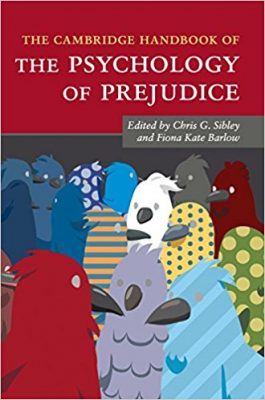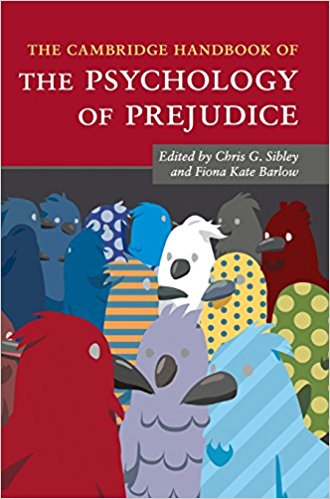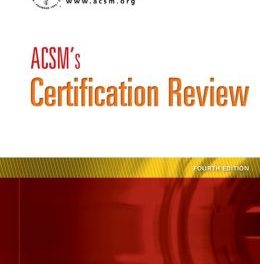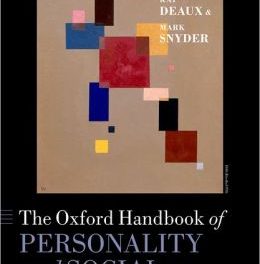 Editors: Chris G. Sibley, PhD, and Fiona Kate Barlow, PhD
Editors: Chris G. Sibley, PhD, and Fiona Kate Barlow, PhD
Publisher: Cambridge University Press – 671 pages
Book Review by: Sonu Chandriam
Prejudice is persistent, state the editors of this book, based on their research. Why so? How does it affect people exposed to it? And what can we do about it?
These questions and more, are addressed in this book. It traces the evolution of prejudice from its early beginnings, what influences shaped people’s thinking and behavior, and how they were manifested. It also discusses the consequences of prejudicial thoughts and actions
Seventy-two specialists in general and applied psychology, as well as in other fields such as cross-cultural studies, education, management, medicine, social science research, and related areas, authored the 29 chapters of this work on an this highly unusual but interesting subject of academic pursuit: the psychology of prejudice
The content contributors are from 12 countries: Australia, Brazil, Canada, Chile, Germany, Israel, New Zealand, Norway, Portugal, Sweden, the United Kingdom, and the United States. They authored the 29 chapters of this book with an extensive range of topics. We list the chapter titles below to provide you an overview:
- Part I. General Theoretical Perspectives
- An Introduction to the Psychology of Prejudice
- Evolutionary Approaches to Stereotyping and Prejudice
- From Prejudice to Social Change: A Social Identity Perspective
- Intergroup Protection as a Challenge of Diversity: Consensus about and Complexity of Superordinate Categories
- Intergroup Discrimination: Ingroup Love or Outgroup Hate?
- Intergroup Emotions Theory: Prejudice and Differentiated Emotional Reactions toward Outgroups
- Intergroup Threats
- Social Dominance Theory: Explorations in the Psychology of Oppression
- The Dual Process Motivational Model of Ideology and Prejudice
- Part II. Prejudice to Specific Domains
- Understanding the Nature, Measurement, and Utility of Implicit Intergroup Bias
- Aversive Racism and Contemporary Bias
- Ambivalent Sexism in the Twenty-First Century
- Sexism in Intimate Contexts: How Romantic Relationships Help Explain the Origins, Functions, and Consequences of Sexist Attitudes
- Religion and Prejudice
- Sexual Prejudice: Advances in Conceptual and Empirical Models
- Weight Bias: Prejudice and Discrimination Toward Overweight and Obese People
- Prejudice Against Immigrants in Multicultural Societies
- Generalized Prejudice: Old Wisdom and New Perspectives
- III. Prejudice Reduction and Analysis in Applied Contexts
- Recent Developments in Intergroup Contact Research: Affective Processes, Group Status, and Contact Valence
- From Prejudice Reduction to Collective Action: Two Psychological Models of Social Change (and How to Reconcile Them)
- Self-Regulating Strategies for Combating Prejudice
- Antecedents and Consequences of Evaluating Concerns Experienced During Intergroup Interaction: When and How Does Status Matter?
- Stereotypicality Biases and the Criminal Justice System
- Prejudice, Stigma,. Bias, Discrimination, and Health
- Development and Delegitimization and Animosity in the Context of Intractable Conflict
- Interventions in Real-World Settings: Using Media to Overcome Prejudice and Promote Intergroup Reconciliation
- Identification with All Humanity: The Antithesis of Prejudice, and More
- It’s All About Ignorance: Reflections from the Blue-eyed// Brown-eyed Exercise
An interesting topic discussed in this book is bullying, Some people are subjected to it, and are made fun of with jokes and name-calling. Read chapter 17 entitled Weight Bias: Prejudice and Discrimination toward Overweight and Obese People.
The chapter authors Phillippa Diedrichs and Rebecca Buhl begin this chapter by presenting some questions that Johnson posed in a 2001 book on this topic. They are all too familiar that torment hefty people who are made fun of:
- Why did they call me names? I was a nice little girl. Is there a name for this?
- Why am I supposed to hate myself until I reach my ‘ideal’ weight? Is there a name for this?
- Why do I rarely see someone who looks like me in magazines, on TV, in the movies? Is there a name for this?
- Why can’t large people go to the theatre or ride on a plane in comfort? Is there a name for it?
- Why was a job withheld from me because “we can’t have you out in front”? Is there a name for this?
- Yes, there is a name for this – the name is discrimination. – Johnson, 2001. P. 101
The authors discus this form of discrimination and associated topics under thisoutline
- Definition and Prevalence of Weight Bias
- Sources of Weight Bias
- Consequences of Weight Bias
- Theoretical Explanations for Weight Bias
- Interventions to Address Weight Bias
- Future Directions for Research, Intervention, and Advocacy
- References
This is a text that provides extensive research on, and discussion of various forms of prejudice. It is an excellent resource for scholars and students who want to learn how prejudice began, and how it is manifested in various settings today. For those who want to do something about reducing prejudice, suggestions are provided.
Editors:
Chris G. Sibley, PhD is an Associate Professor in the School of Psychology at the University of Auckland in Auckland, New Zealand. He is a researcher in social psychology and founder of the New Zealand Attitudes and Values Study (NZAVS), a 20-year probability study of social attitudes, personality and health outcomes across the country.
As an author of over 200 peer-reviewed articles and book chapters, he was identified as a “Rising Star” by the Association for Psychological Science in 2011 and received the Erik Ericson Early Career Award in 2014 from the International Society of Political Psychology. He is a longtime collaborator of Dr. Fiona Kate Barlow and currently holds an Associate Professorship at the University of Auckland in New Zealand.
Fiona Kate Barlow, PhD is a Senior Lecturer in the School of Applied Psychology and Menzies Health Institute Queensland at Griffith University in Queensland, New Zealand. She is a social psychologist specializing in race relations. From 2012 to 2014 she held an Australian Research Council early career fellowship, and in 2016 accepted a Future Fellowship Award from that organization. She is the recipient of the 2013 Society for Australian Social Psychology Early Career Researcher Award.







